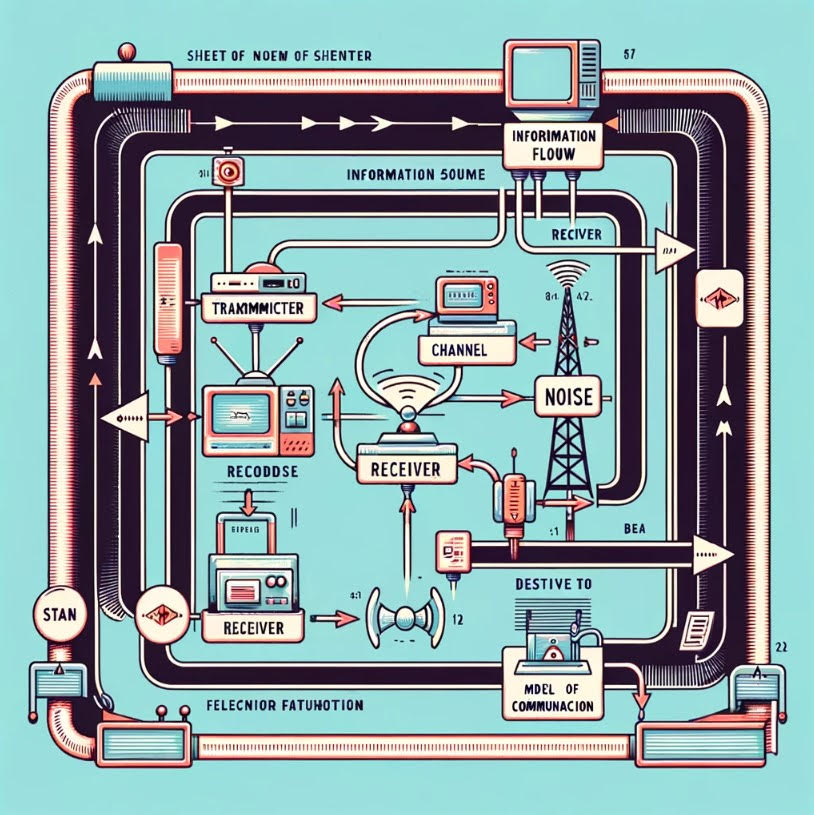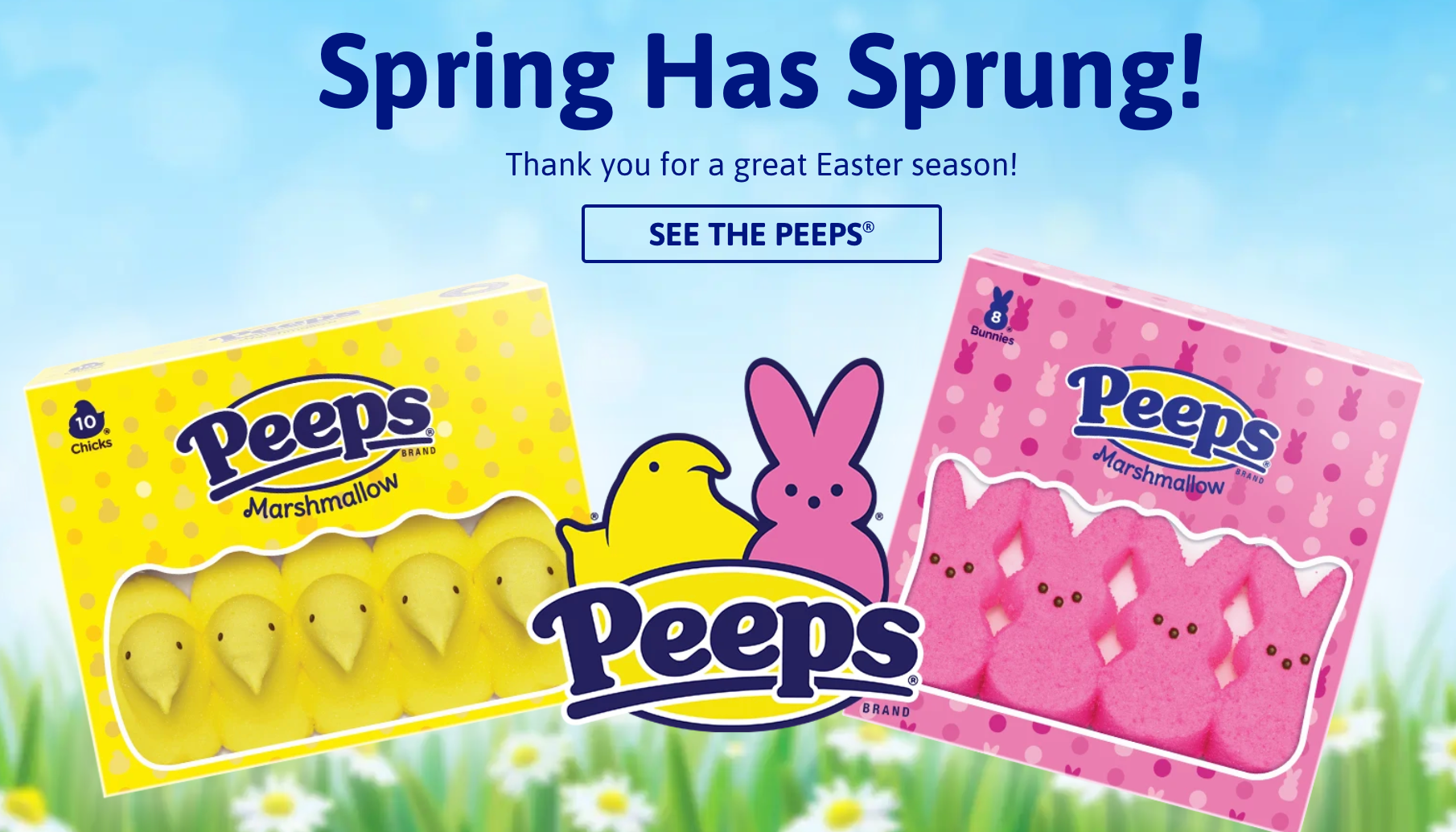A very noisy channel
« previous post | next post »
From Breffni O'Rourke:
I thought you might appreciate this effort by Dall.E. The prompt was "Create a diagram of Shannon and Weaver's model of communication."
That image is a totally incoherent representation of the "noisy channel model", pictured in a more helpful way in Claude Shannon's 1948 monograph A Mathematical Theory of Communication:

And a version with some added color can be found in the Wikipedia article on "The Shannon-Weaver Model".
Breffni's comment:
Among other things, it's interesting to see what it's done with the text, which I guess it's treating as a purely visual element, maybe analogously to 'decorative English'.
I'm not sure — my guess was that Dall.E found a lot of web text related to the model, and some relevant images, but totally and completely failed to understand the basic ideas. Then again, maybe it's better viewed as a somewhat creative hallucination.
Of course humans can also get things wrong. The Wikipedia "Noisy Channel Model" article weirdly fails to mention Shannon or his 1948 monograph, which is kind of like an Easter article referencing egg hunts, peeps, and chocolate bunnies, while omitting Jesus and the bible.
More from Breffni:
On the other hand, Dall-E seems to be able to generate images from text explicitly given in the prompt "Can you make me a visual of the words Shannon and Weaver in the style of a neon sign?" I should have put quotes around "Shannon and Weaver", but it handled that ambiguity creatively":
That could be an interesting bar for exploratory conversations…
See "Noisily channeling Claude Shannon" (8/6/2012) for a bit more background.
Update — For the Brits and Euros who aren't familiar with Peeps:



David L said,
April 13, 2024 @ 10:08 am
I think the illustration cleverly illustrates how extraneous noise can garble both the pictures and the words.
Garrett Wollman said,
April 13, 2024 @ 11:25 am
The most fascinating thing here is how the first example nails a style of diagram that is currently very much out of fashion — I associate it with the 1960s through the early 1980s. That's not something you'd necessarily expect to be well represented in a web corpus.
Y said,
April 13, 2024 @ 11:25 am
Add to it "in the style of M.C. Escher". It might make an improvement.
Rodger C said,
April 13, 2024 @ 11:51 am
That picture makes my trakimmicter hurt.
J.W. Brewer said,
April 13, 2024 @ 1:25 pm
I'm imagining that the jukebox in the bar with that neon sign will facilitate either a mashup of or abrupt transitions between "The Broad Majestic Shannon" (by the Pogues) and "Dream Weaver" (by Gary Wright).
Philip Taylor said,
April 13, 2024 @ 3:22 pm
Easter, "peeps" — "people" ?
[(myl) No — it's a special kind of candy.]
AntC said,
April 13, 2024 @ 4:34 pm
like an Easter article referencing egg hunts, peeps, and chocolate bunnies, while omitting Jesus and the bible.
@PT I assume "peeps" as what the cute fluffy chicks are emitting.
'Jesus and the bible' are completely unnecessary to (and a late attempt to hijack [**]) the pagan Spring festival celebrating fecundity. Perhaps myl could find a better parallel that's not so religiously invidious?
[**] The testaments loosely time the Passion around Passover, which is a kinda Spring festival — except the Christians go out of their way to avoid them coinciding. And of course there's no Roman/Imperial record of what was probably made up from whole cloth.
Chas Belov said,
April 13, 2024 @ 4:50 pm
I'm shocked at the improvement in word generation since I last played around with Dall-E perhaps six months to a year ago. At that time, "words" were generally barely readable, at least on the fictitious maps I tried to generate.
Milan Ney said,
April 13, 2024 @ 6:02 pm
@Chas Belov, I assume the production of the second image involves some kind of pre-processing which detects that the prompt is asking for writing and then heavily shifts the parameters of the model (or even engages a completely different process). Of course, even the writing in the first image is much better then it used to be a year ago. My guess is this might be due to improvements in the models themselves.
Chas Belov said,
April 13, 2024 @ 9:05 pm
Alas, I see DALL-E apparently now requires a paid account and I'm not sufficiently in love with it to get one.
amy said,
April 13, 2024 @ 10:14 pm
Most of the words are recognisable as corruptions of other relevant ones, but I wonder what made it produce "stan" on the lower left.
Yves Rehbein said,
April 13, 2024 @ 10:59 pm
> Among other things, it's interesting to see what it's done with the text, which I guess it's treating as a purely visual element, maybe analogously to 'decorative English'.
That doesn't matter much. Compute is limited on public instances. I would be wrong to compare the output to the artefacts of highly compressed, space saving jpegs, but the visual impression is similar enough to … what you get when opening a zip-file in a text editor. The comparison holds to the extent that speed and volume are two competing factors in compression.
If only I knew Information Theory, I should be able to explain this better. Ironically this diagram is utterly unhelpful.
Mike Grubb said,
April 15, 2024 @ 9:11 am
@ amy– I'm going to engage in some wild speculation: According to Merriam-Webster, "Stan has subsequently entered the lexicon to refer to a fan whose admiration borders on obsession, often with a desire to enter into the admired person's circle and to control other people's impressions of that person." In that light, in many online contexts, a "Stan" can be a source of noise, derailing productive discourse. If Dall-E has scraped enough online content in which users refer to such intrusive participants as "Stans," then it might have the notion of a Stan as a noise source, thus including it in the diagram. Or maybe not… who knows?
Jason said,
April 17, 2024 @ 8:17 pm
Still simpler than the CORBA dynamic invocation interface. Does someone want to ask the AI to generate that?
Christopher Blanchard said,
April 20, 2024 @ 6:11 pm
I'm afraid I think this is brilliant. This machinery acts as if it has a dark sense of humor which corresponds with my gloomy sense of Shannon information theory. Rational? Ha! Just because it is true doesn't mean it doesn't make my teeth ache (which the diagram does very well). Never mind Kolmogorov.